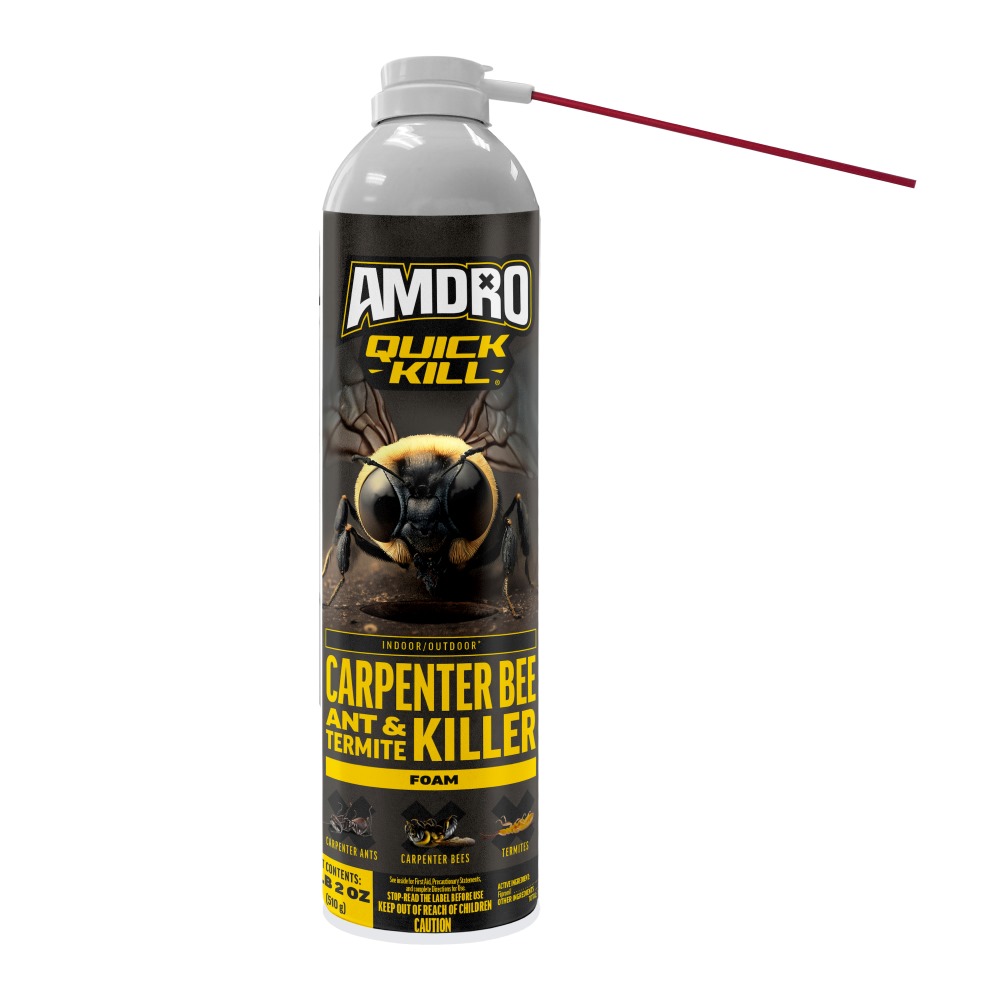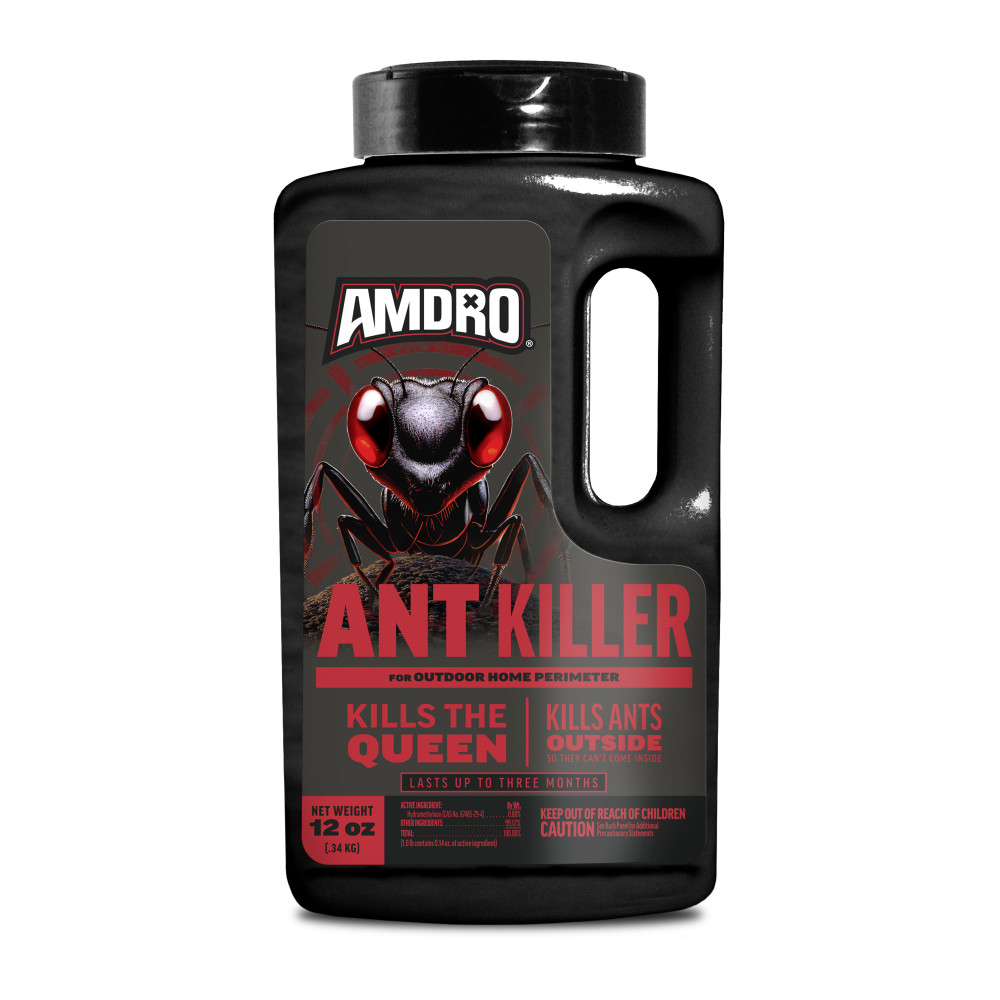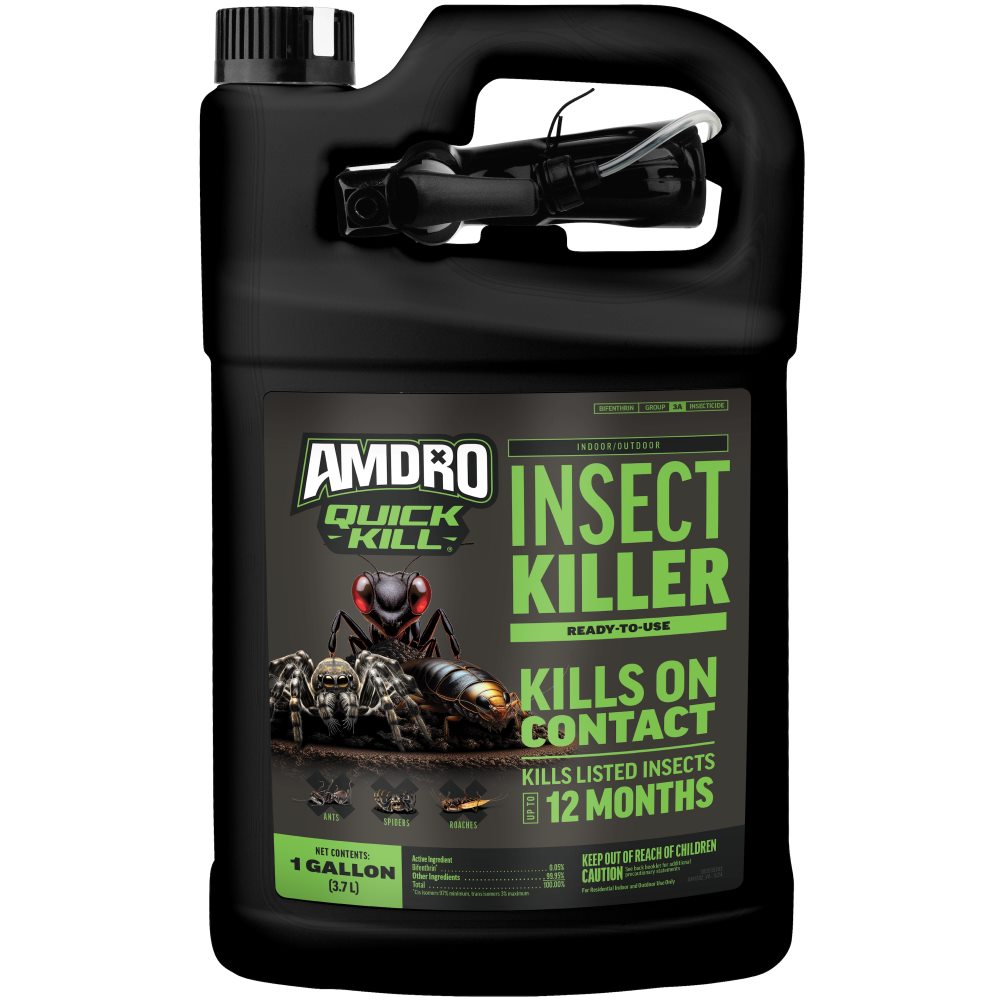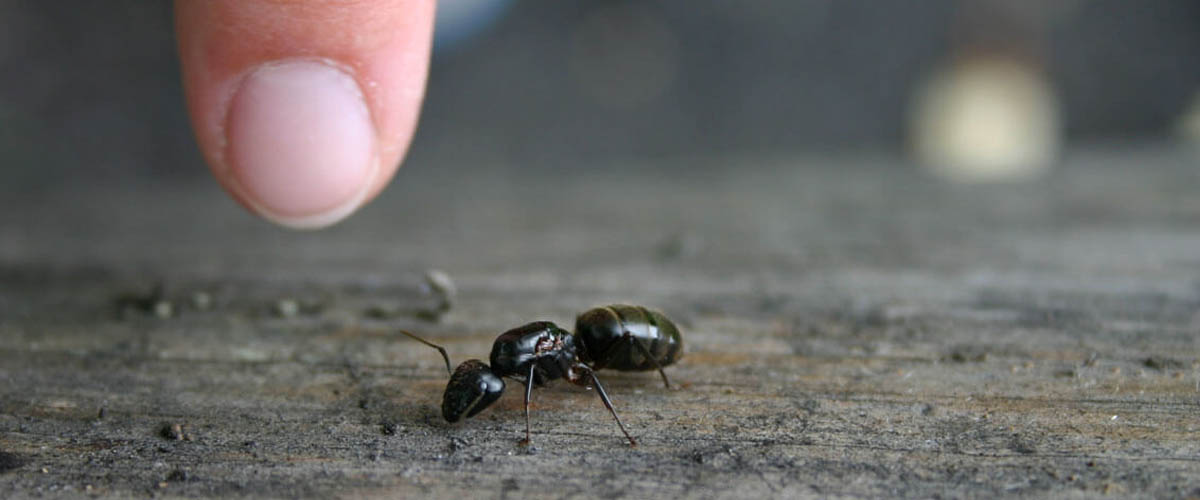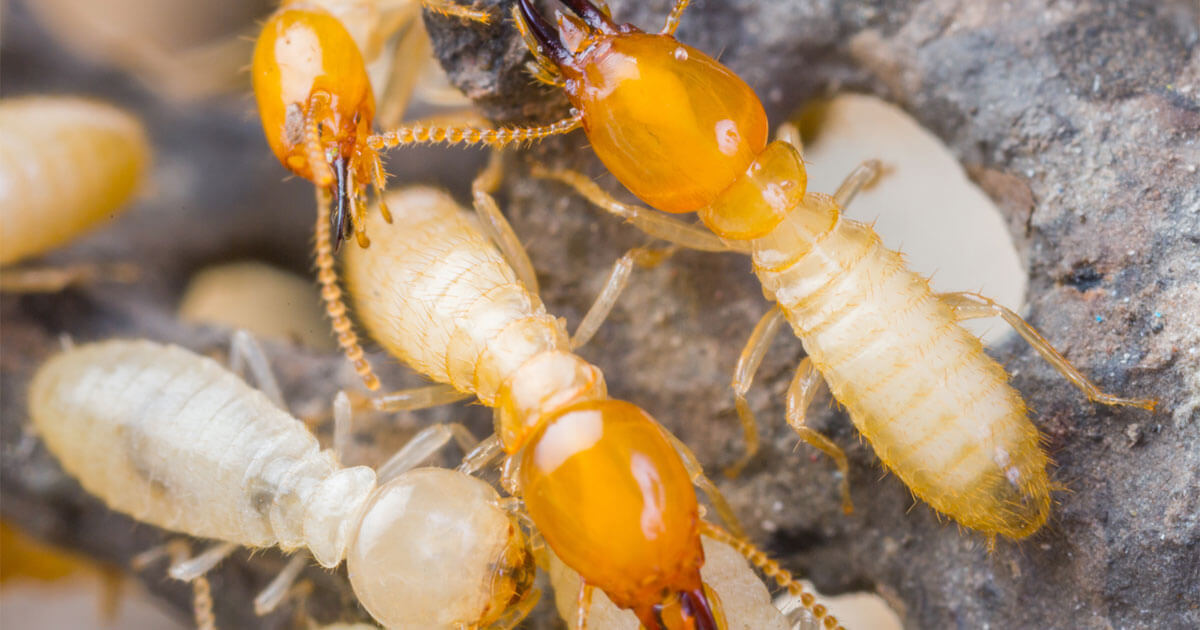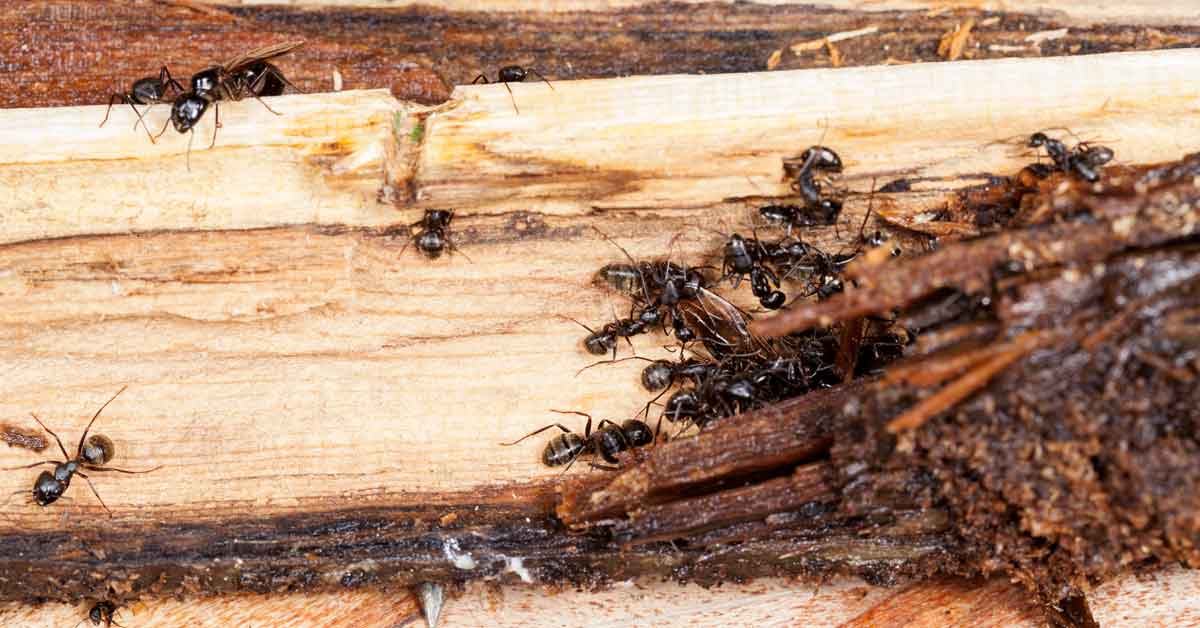Carpenter Ants
CARPENTER ANT IDENTIFICATION
Common carpenter ants are one of the largest common household ants. Usually dark brown or black, they typically measure up to 3/8 inch long. But winged reproductive carpenter ants can be double that size.
Like all ants, they have a distinct head, thorax (the chest-like middle section) and abdomen. A single, hump-like node at their waist helps distinguish them from other ants, which can have one or two nodes, and node-less insects such as wasps.
Homeowners often confuse carpenter ants with termites, especially during mating times when winged ants appear in swarms. Both pests damage wood, but the pests and their damage look very different. These key features help tell carpenter ants and termites apart:
- Antennae – Ants have jointed antennae; termite antennae are straight.
- Waistlines – Ant waists are pinched and defined; termites have broad, undefined waists.
- Wing length – Pairs of ant wings are different lengths; termite wings are equal in length.
- Color – Carpenter ants are usually dark; termites are typically lighter brown.
SIGNS OF CARPENTER ANTS
Carpenter ants nest in moist, decaying wood. Unlike termites, they don't eat the wood they excavate. If you see sawdust and insect debris piled below moisture-damaged wood, you potentially have a carpenter ant problem. Open the wall and peek inside. Carpenter ant galleries are smooth and debris-free. Termite galleries are rough and lined with excrement.
Swarms of winged carpenter ants inside your home signal a major infestation of this pest. This often occurs in spring, when ants mate. While a few winged carpenter ants shouldn't worry you, large numbers point to long-term infestations and significant structural damage.
HOW TO CONTROL CARPENTER ANTS
One of the country's leading wood-damaging pests, carpenter ants work slower than termites. But their damage is severe over time. Effective control requires killing ants you can't see as well as those you can. Amdro® brand offers several options to kill carpenter ants and protect your home:
- Amdro Quick Kill Indoor/Outdoor Carpenter Bee, Ant & Termite Killer, available in a ready-to-use formula, kills carpenter ants and keeps protecting against new infestations for up to three months outdoors and 12 months inside.
- Amdro Quick Kill Indoor/Outdoor Carpenter Bee, Ant & Termite Killer Foam simplifies treating hard-to-reach areas. Complete with a straw for precision application, this foam expands when sprayed to kill wood-damaging pests where they live.
- Amdro Ant Killer for Outdoor Home Perimeter targets carpenter ants as they forage for food and search for moisture. Ants carry bait back to their colony, so the whole colony dies.
- Amdro Quick Kill Indoor/Outdoor Insect Killer Ready-To-Use is available in convenient quart or economical gallon sizes, complete with trigger sprayers. These products kill carpenter ants on contact, both inside and outside your home, and keep protecting against listed pests for up to 12 months.
CARPENTER ANT TIPS
By the time you discover a carpenter ant colony, your home may have serious structural damage. For severe infestations, consult a pest control professional to protect your home.
Always read product labels and follow the instructions carefully, including recommendations for professional inspections.
Amdro and Amdro Quick Kill are registered trademarks of Central Garden & Pet Company.
Pest Gallery
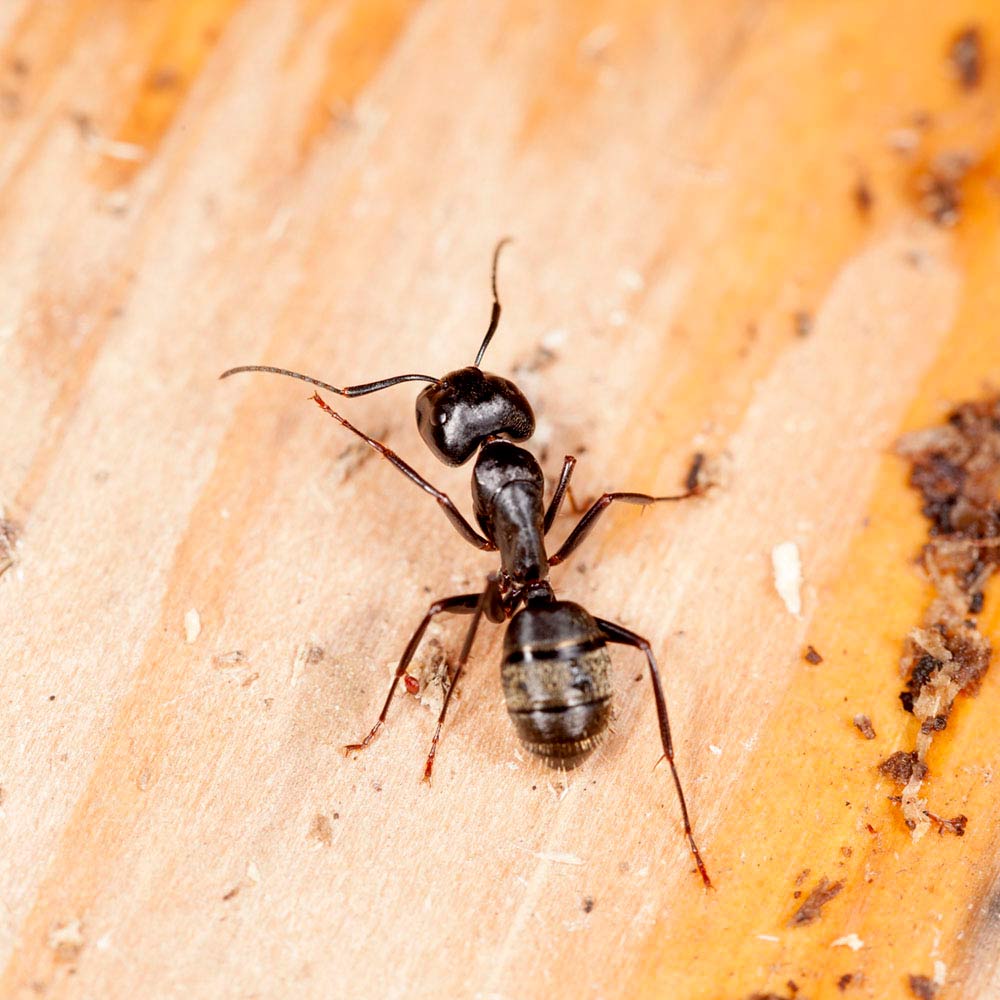
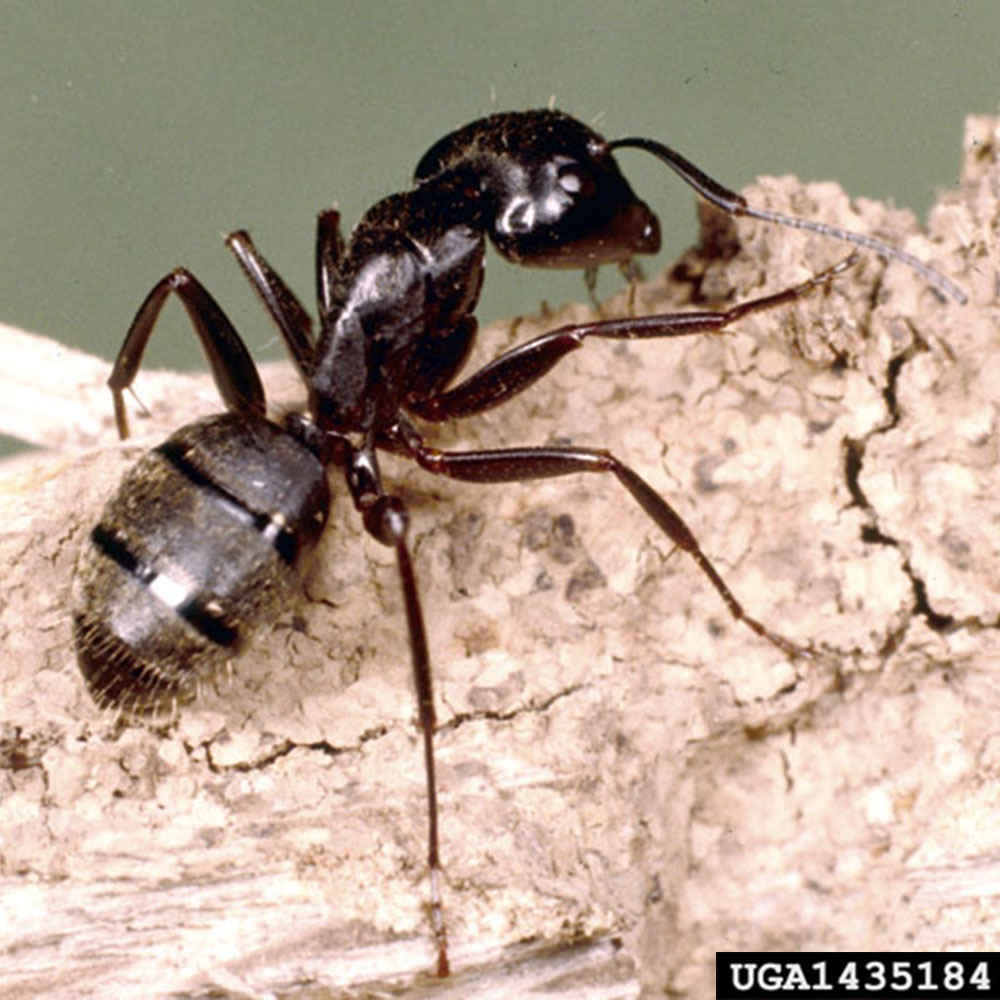
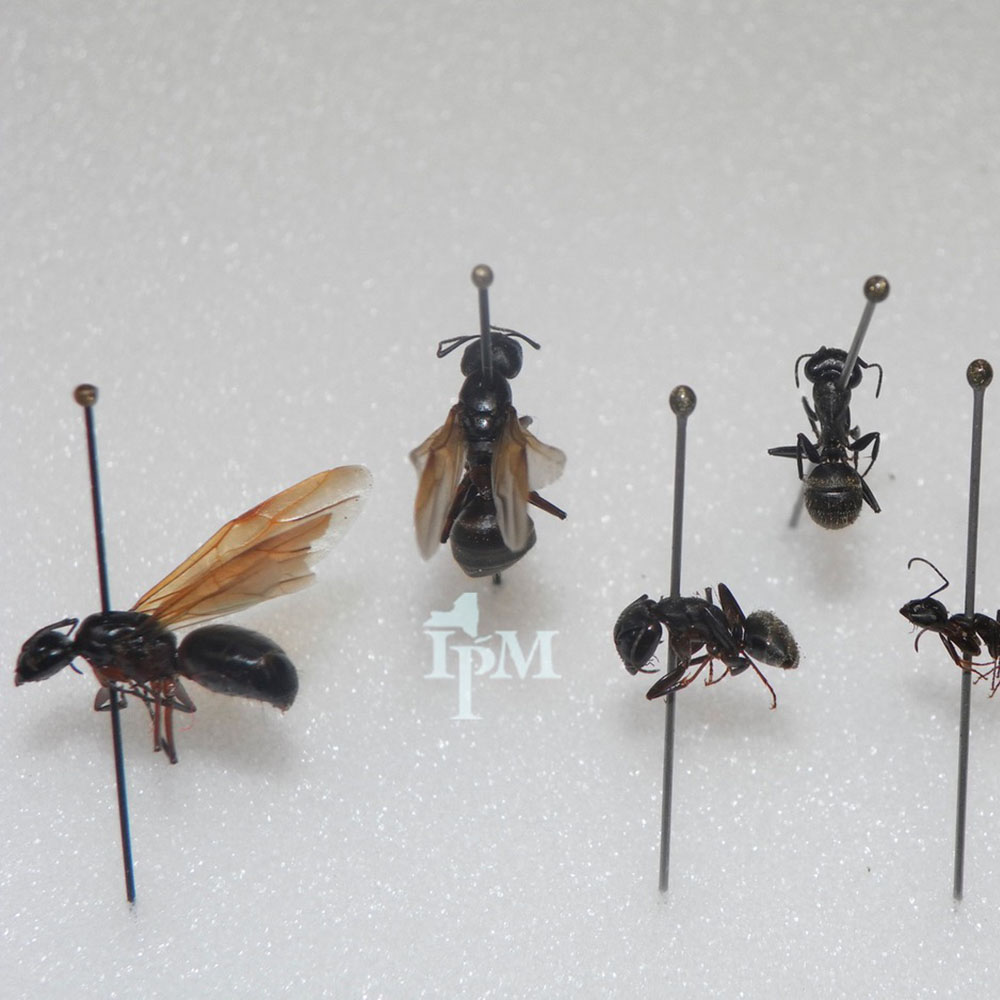
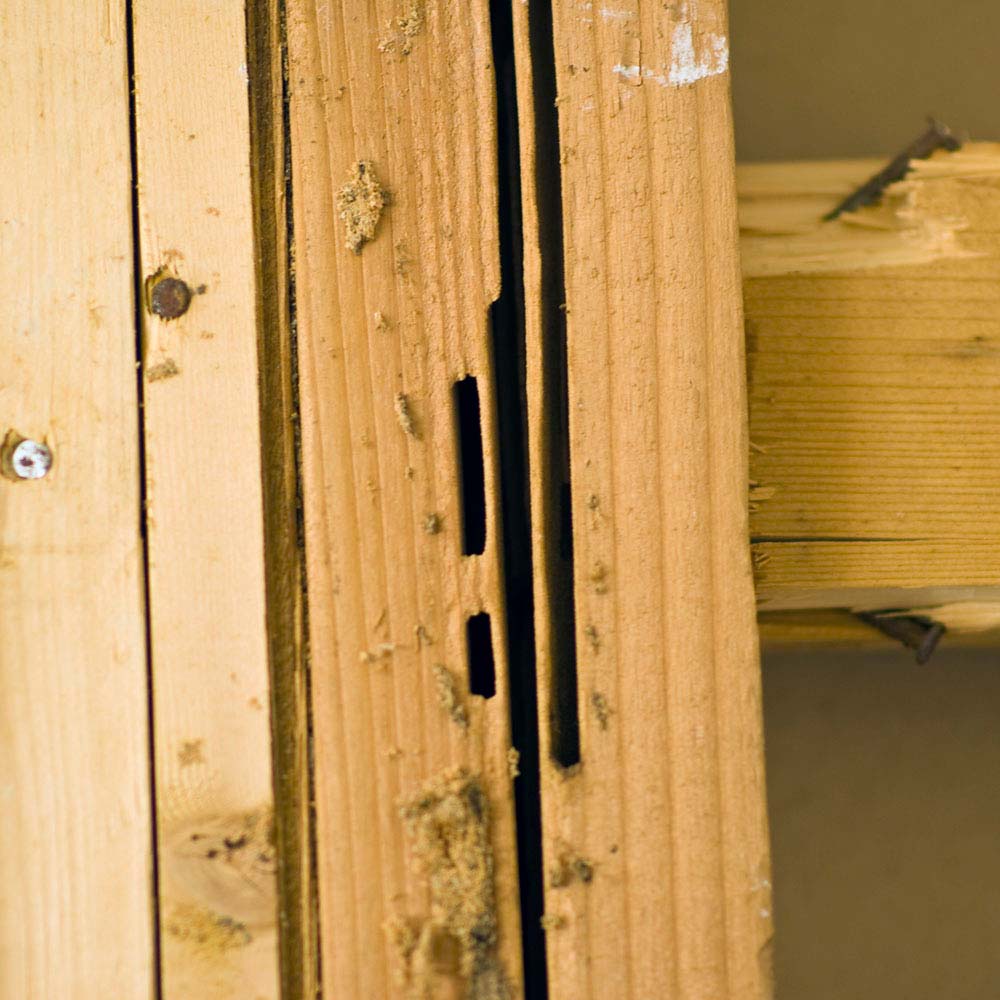
Is this not your insect?



